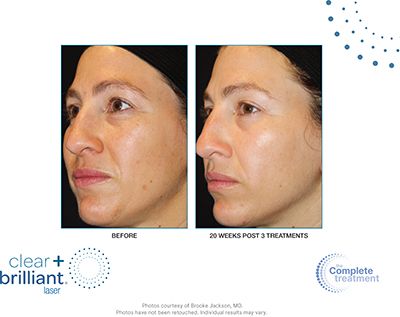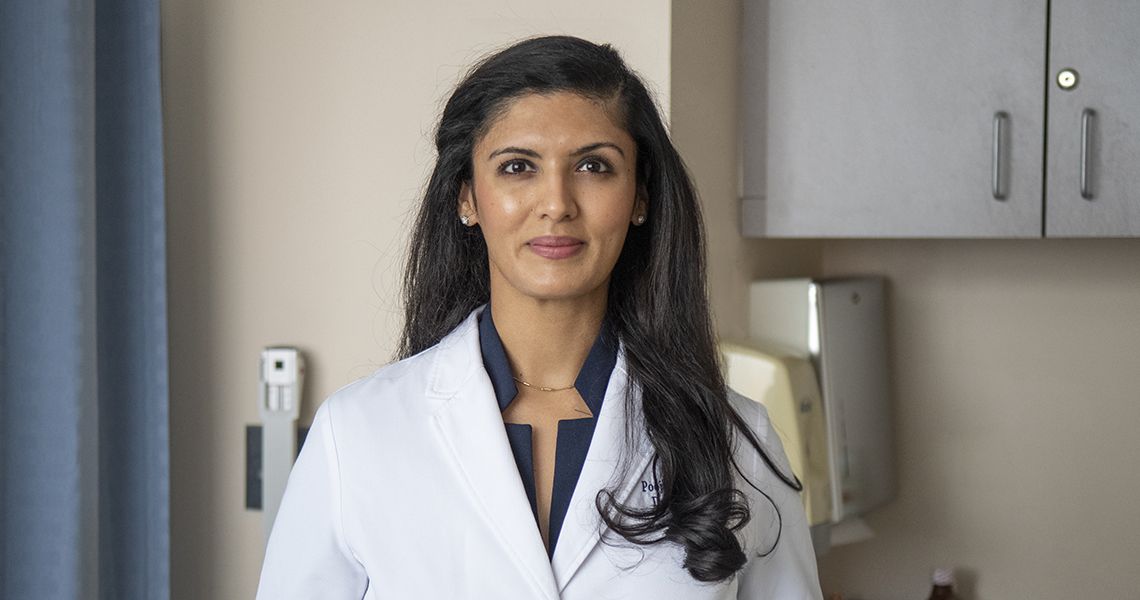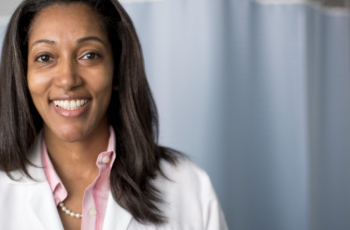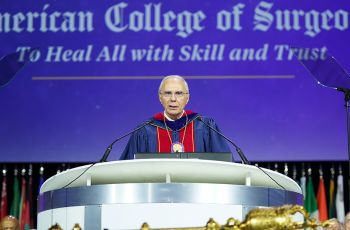Your skin, more than any other part of your body, is a map of physical experiences: sunburns, scars, reactions to stressors, aging. To roll back damage, as well as to improve the appearance of your skin, lasers may be a powerful treatment option. Here, Pooja Sodha, MD, director of the Center for Laser and Cosmetic Dermatology at the George Washington University (GW) Medical Faculty Associates (MFA), explains which nonablative fractional laser treatments she recommends and what patients should know.
How can sun damage and aging affect your skin?
Sodha: Your skin serves on the front lines of many external and internal challenges throughout your life: sun exposure, environmental triggers, natural genetic changes, and chronological aging. It is the accumulation of these exposures that leads to such changes as sunspots (solar lentigos), fine lines, appearance of blood vessels (telangiectasias), emaciation of the face, and skin loosening.
What can patients do to prevent signs of sun damage and aging?
Sodha: All the things you may think about for general health is a great place to start! Daily use of sunscreen is a must to limit penetration of harmful UV rays. Stop or reduce smoking, which can inhibit wound healing and collagen repair. Exercise and a well-balanced healthy diet promote antioxidant function, enhance blood circulation, and boost your immune system.
What treatments exist for minimizing skin issues, such as sun damage, enlarged pores, or uneven skin texture?
Sodha: Skin care that includes topical antioxidants, pigment correctors, and retinols help to support overall skin function and health. A skin care regimen can promote long-term maintenance by improving hydration and complexion and partially reversing mild skin aging.
When trying to address more longstanding changes, such as fine lines, extensive sun-related damage, and a changing complexion, energy-based devices such as lasers are helpful.
Which laser treatments would you recommend?
Sodha: One of my favorite treatments modalities is nonablative fractional lasers (NAFL), which deliver heat to the layers of the skin under the surface without damaging the surface. NAFL also promote collagen production, an evening of texture and tone, and provide a healthy glow. At the GW Center for Laser and Cosmetic Dermatology, we offer two types of NAFL treatments: the Fraxel® and, our newest addition, the Clear and Brilliant®.

What can patients expect when receiving laser treatment? How many treatments should patients plan for?
Sodha: This may depend on several factors, including the degree of correction desired, your age, and the underlying health of your skin prior to therapy. I counsel patients that a minimum of three treatments is recommended. Topical numbing cream is applied prior to treatment provided for comfort, and the treatment takes 30-60 minutes. The Clear and Brilliant treatment is associated with about 2-4 days of recovery with mild redness and skin peeling. The Fraxel, a higher-energy laser treatment, involves about 7-10 days of recovery. In both cases, you can continue your normal daily activities as tolerated.
Should patients receive laser procedures during a specific season or time of the year?
Sodha: With good sun protection and safe skin practices, laser procedures can be done all year round. We encourage you to speak with your dermatologist to create a skin care and skin health plan that suits your needs and desires.
What resources are available about these procedures?
Sodha: I would encourage anyone wanting to learn more to read my research on NAFL, including Fraxel.
To make an appointment with a cosmetic dermatologist, visit the GW Center for Laser and Cosmetic Dermatology or call 202-741-3244.




